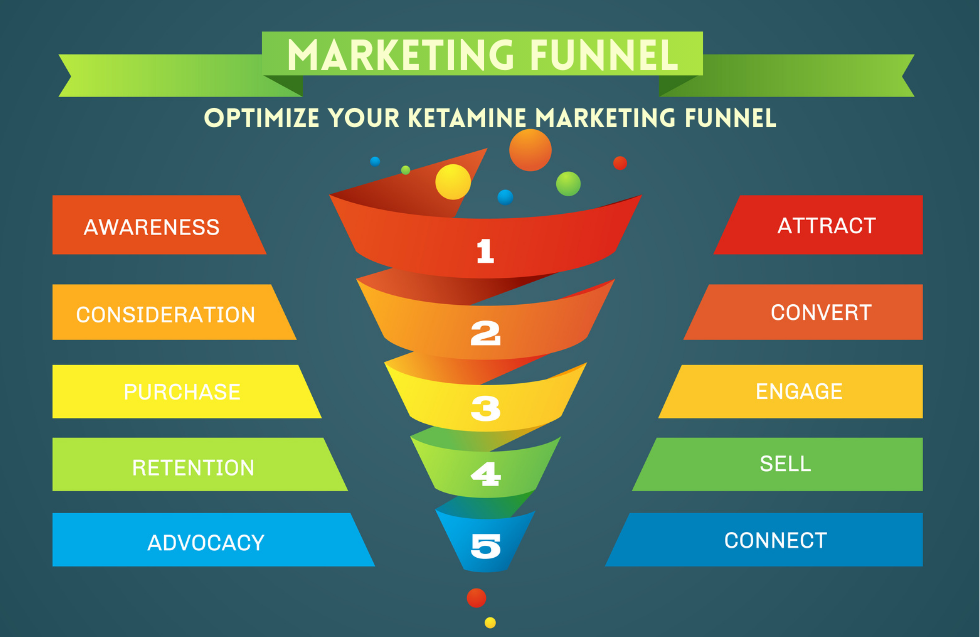In the fast-paced, highly competitive world of manufacturing, innovation is a key driver of success. Whether it’s the development of a unique production technique, a proprietary material, or a groundbreaking product, the ability to innovate gives companies an edge in a crowded marketplace. However, with innovation comes risk—specifically, the risk of intellectual property (IP) theft or infringement. This makes the protection of trade secrets and patents not just important, but essential for manufacturing businesses.
Trade secrets and patents serve as powerful tools to safeguard a company’s intellectual assets. They help companies maintain their competitive edge, secure revenue streams, and build brand credibility. As the global market becomes more interconnected and technology continues to advance, the challenges in protecting these assets multiply. This blog explores why trade secrets and patents matter in the manufacturing industry, the threats facing these assets, and the strategies businesses can use to protect them effectively.
Understanding Trade Secrets and Patents
Trade secrets refer to confidential information that provides a business with a competitive advantage. This information can include formulas, practices, processes, designs, instruments, patterns, or compilations of information. What defines something as a trade secret is not the nature of the information itself, but the measures taken to keep it secret.
Patents, on the other hand, are legal protections granted to inventors that give them exclusive rights to make, use, or sell an invention for a certain period, usually 20 years from the date of filing. In exchange for this exclusivity, the inventor must publicly disclose details about the invention, which allows others to understand and potentially build upon the innovation after the patent expires.
Both trade secrets and patents are vital to the manufacturing sector. Trade secrets are particularly useful for protecting internal processes or know-how that cannot be easily reverse-engineered, while patents are best suited for inventions and products that are at risk of being copied.
The Importance of IP Protection in Manufacturing
In manufacturing, IP protection is crucial for several reasons. First, it provides a competitive advantage by ensuring that unique products, processes, or materials cannot be copied or used by others without authorization. Second, it opens up revenue-generating opportunities through licensing agreements or partnerships. Third, it builds a company’s reputation as an innovator, which can be attractive to investors, customers, and potential employees. Finally, it reduces the risk of litigation or financial loss stemming from IP disputes.
For example, a manufacturer that develops a new method for producing lightweight, high-strength materials might rely on trade secrets to protect the production process while seeking patent protection for the material itself. This combination of IP strategies can provide comprehensive protection and increase the company’s valuation.
Common Threats to Trade Secrets and Patents in Manufacturing
The modern manufacturing environment is fraught with risks to intellectual property. These threats come from both internal and external sources. Internally, employees with access to confidential information may inadvertently or deliberately share trade secrets. High employee turnover, lack of training, and poor internal controls can exacerbate this risk.
Externally, cyber threats are increasingly targeting manufacturing firms. Hackers may infiltrate IT systems to steal proprietary designs, production data, or research and development information. Additionally, industrial espionage by competitors or foreign entities poses a significant threat, especially in sectors such as aerospace, electronics, and pharmaceuticals where innovation is rapid and competition fierce.
Third-party risks are also a concern. Manufacturers often work with contractors, suppliers, and distributors who may not have the same level of commitment to IP protection. Without proper agreements and oversight, these partners can become weak links in the chain.
Best Practices for Protecting Trade Secrets in Manufacturing
To effectively safeguard trade secrets, manufacturers must implement a multi-layered approach that includes both technical and administrative controls. Here are some best practices:
- Limit Access to Confidential Information Only employees who need access to trade secrets should be allowed to view or handle them. Implementing role-based access controls and using secure file storage systems can help reduce unnecessary exposure.
- Use Non-Disclosure Agreements (NDAs) NDAs are essential for protecting trade secrets. They should be used not only with employees but also with contractors, vendors, and any third party that may come into contact with sensitive information. These agreements should clearly define what constitutes a trade secret and the obligations to maintain confidentiality.
- Employee Training and Awareness Educating employees about the importance of trade secrets and their role in protecting them is critical. Training programs should cover how to recognize confidential information, proper handling procedures, and the consequences of breaches.
- Implement Physical and Digital Security Measures Secure facilities with restricted access, surveillance systems, and visitor protocols can help prevent unauthorized physical access. On the digital side, encryption, secure networks, multi-factor authentication, and regular cybersecurity audits are essential.
- Monitor and Audit Regular audits of who accesses sensitive data, and how they use it, can identify potential vulnerabilities. Monitoring systems can flag unusual activity, such as large file downloads or access from unusual locations.
- Exit Procedures for Employees When employees leave the company, ensure they return all devices, documents, and access credentials. Conduct exit interviews to remind them of their ongoing obligations under NDAs or other agreements.
Strategies for Patent Protection in Manufacturing
Patents provide strong legal protection, but the process of securing and enforcing them requires strategic planning and legal expertise. Here are key strategies:
- Identify Patentable Innovations Not all innovations are patentable. Companies should regularly assess their research and development efforts to identify inventions that are novel, useful, and non-obvious. Conducting an IP audit can help uncover hidden assets.
- File Early and Often Patent protection is often granted to the first person to file, not necessarily the first to invent. Filing early helps establish priority and can prevent others from claiming your innovation. In fast-moving industries, provisional patents can provide a temporary safeguard while full applications are prepared.
- Protect Internationally If a company operates or sells products internationally, it should consider filing patents in multiple jurisdictions. The Patent Cooperation Treaty (PCT) streamlines the process of filing patents in multiple countries, but companies must still comply with local laws and timelines.
- Engage Experienced IP Attorneys Drafting a patent application requires precision and expertise. Poorly written claims can limit the scope of protection or render a patent unenforceable. An experienced IP attorney can help craft strong claims and navigate the patent office process.
- Enforce and Monitor Once a patent is granted, companies must actively monitor the market for potential infringements. This may involve using IP monitoring services or legal tools to identify violations. When infringements occur, companies should be prepared to enforce their rights through cease-and-desist letters, negotiations, or litigation.
- Keep Detailed Records Maintaining detailed documentation of the invention process, including sketches, test results, and development timelines, can be crucial in proving ownership and defending against challenges.
Trade Secret vs. Patent: Making the Right Choice
Deciding whether to protect an innovation as a trade secret or a patent involves evaluating several factors. If an invention is easily reverse-engineered or likely to become public knowledge through use or sale, patent protection is usually preferable. However, if the innovation is difficult to detect or replicate, and has a long useful life, keeping it as a trade secret may be more effective.
Trade secrets do not expire as long as secrecy is maintained, which can be a significant advantage over patents. However, once a trade secret is disclosed, whether accidentally or through theft, the protection is lost. Patents, while limited in duration, offer strong legal enforcement and public recognition of ownership.
Real-World Examples in Manufacturing
Consider the case of Coca-Cola, which famously chose to keep its formula a trade secret rather than patenting it. This decision allowed the company to maintain exclusivity for over a century. In contrast, tech companies like Dyson rely heavily on patents to protect their numerous innovations, having filed thousands of patents to secure their market position.
In the automotive industry, Tesla has both patented and open-sourced some of its technologies. This hybrid approach supports their innovation strategy while encouraging industry-wide adoption of electric vehicle technology.
Legal and Regulatory Considerations
Manufacturers must also navigate a complex legal landscape when protecting IP. In the United States, trade secrets are protected under the Defend Trade Secrets Act (DTSA), which allows companies to bring federal lawsuits against misappropriators. Patents are governed by the U.S. Patent and Trademark Office (USPTO), and infringement cases can be brought in federal court.
Globally, IP protection is governed by treaties and local laws, which can vary significantly from country to country. For example, some countries have weaker enforcement mechanisms or different standards for what constitutes a trade secret or patentable invention. Manufacturers doing business internationally must be aware of these differences and develop tailored IP strategies for each market.
The Role of Technology in IP Protection
Technology is playing an increasingly important role in the protection of trade secrets and patents. Digital rights management (DRM), blockchain, and AI-powered monitoring tools are being used to secure IP and detect infringements. Blockchain, for instance, can provide a tamper-proof record of invention timelines, access logs, and data transfers, which is valuable for both patent filing and trade secret protection.
Cloud-based IP management systems are also gaining popularity. These platforms help companies track their IP portfolios, manage filing deadlines, and collaborate securely across departments and geographies.
Conclusion: Proactive IP Protection is Essential
The manufacturing industry thrives on innovation, but without effective IP protection, the value of that innovation can quickly erode. By developing a comprehensive strategy for protecting trade secrets and patents, manufacturers can secure their competitive advantage, generate new revenue streams, and build long-term business resilience.
From implementing internal controls and employee training to engaging IP attorneys and using advanced cybersecurity tools, protecting intellectual property requires a coordinated effort across the organization. As manufacturing becomes more digitized and global, the importance of IP protection will only grow. Companies that prioritize their intellectual property today will be the ones leading the industry tomorrow.













